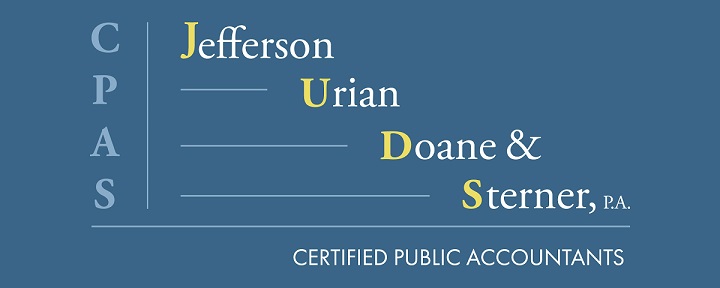2017 IRA Contributions Deadline
You still have time to make 2017 IRA contributions
Tax-advantaged retirement plans like IRAs allow your money to grow tax-deferred — or, in the case of Roth accounts, tax-free. The deadline for 2017 contributions is April 17, 2018. Deductible contributions will lower your 2017 tax bill, but even nondeductible contributions can be beneficial.
Don’t lose the opportunity
The 2017 limit for total contributions to all IRAs generally is $5,500 ($6,500 if you were age 50 or older on December 31, 2017). But any unused limit can’t be carried forward to make larger contributions in future years.
This means that, once the contribution deadline has passed, the tax-advantaged savings opportunity is lost forever. So to maximize your potential for tax-deferred or tax-free savings, it’s a good idea to use up as much of your annual limit as possible.
3 types of contributions
If you haven’t already maxed out your 2017 IRA contribution limit, consider making one of these types of contributions by April 17:
- Deductible traditional. With traditional IRAs, account growth is tax-deferred and distributions are subject to income tax. If you and your spouse don’t participate in an employer-sponsored plan such as a 401(k), the contribution is fully deductible on your 2017 tax return. If you or your spouse does participate in an employer-sponsored plan, your deduction is subject to a modified adjusted gross income (MAGI) phaseout:
- For married taxpayers filing jointly, the phaseout range is specific to each spouse based on whether he or she is a participant in an employer-sponsored plan:
- For a spouse who participates: $99,000–$119,000.
- For a spouse who doesn’t participate: $186,000–$196,000.
- For single and head-of-household taxpayers participating in an employer-sponsored plan: $62,000–$72,000.
Taxpayers with MAGIs within the applicable range can deduct a partial contribution; those with MAGIs exceeding the applicable range can’t deduct any IRA contribution.
- Roth. With Roth IRAs, contributions aren’t deductible, but qualified distributions — including growth — are tax-free. Your ability to contribute, however, is subject to a MAGI-based phaseout:
- For married taxpayers filing jointly: $186,000–$196,000.
- For single and head-of-household taxpayers: $118,000–$133,000.
You can make a partial contribution if your MAGI falls within the applicable range, but no contribution if it exceeds the top of the range.
- Nondeductible traditional. If your income is too high for you to fully benefit from a deductible traditional or a Roth contribution, you may benefit from a nondeductible contribution to a traditional IRA. The account can still grow tax-deferred, and when you take qualified distributions you’ll be taxed only on the growth.
Alternatively, shortly after contributing, you may be able to convert the account to a Roth IRA with minimal tax liability.
Maximize your tax-advantaged savings
Traditional and Roth IRAs provide a powerful way to save for retirement on a tax-advantaged basis. Contact us to learn more about making 2017 contributions and making the most of IRAs in 2018 and beyond.








 For our last week of the National Cyber Security Awareness Month, we are putting emphasis on the importance of critical infrastructure and are highlighting the roles the public can play in keeping it secure.
For our last week of the National Cyber Security Awareness Month, we are putting emphasis on the importance of critical infrastructure and are highlighting the roles the public can play in keeping it secure.
